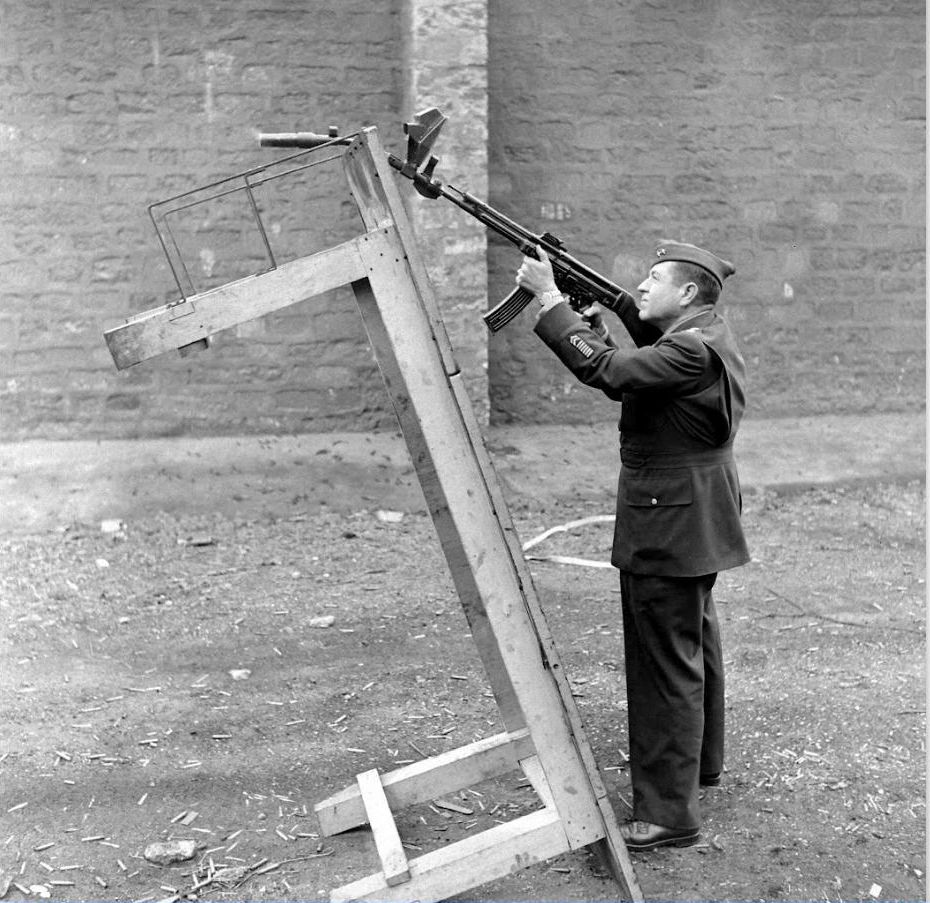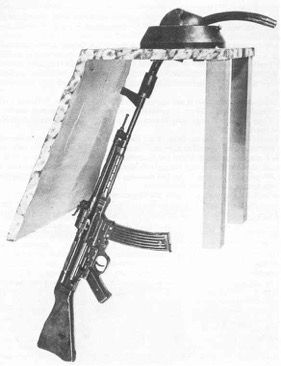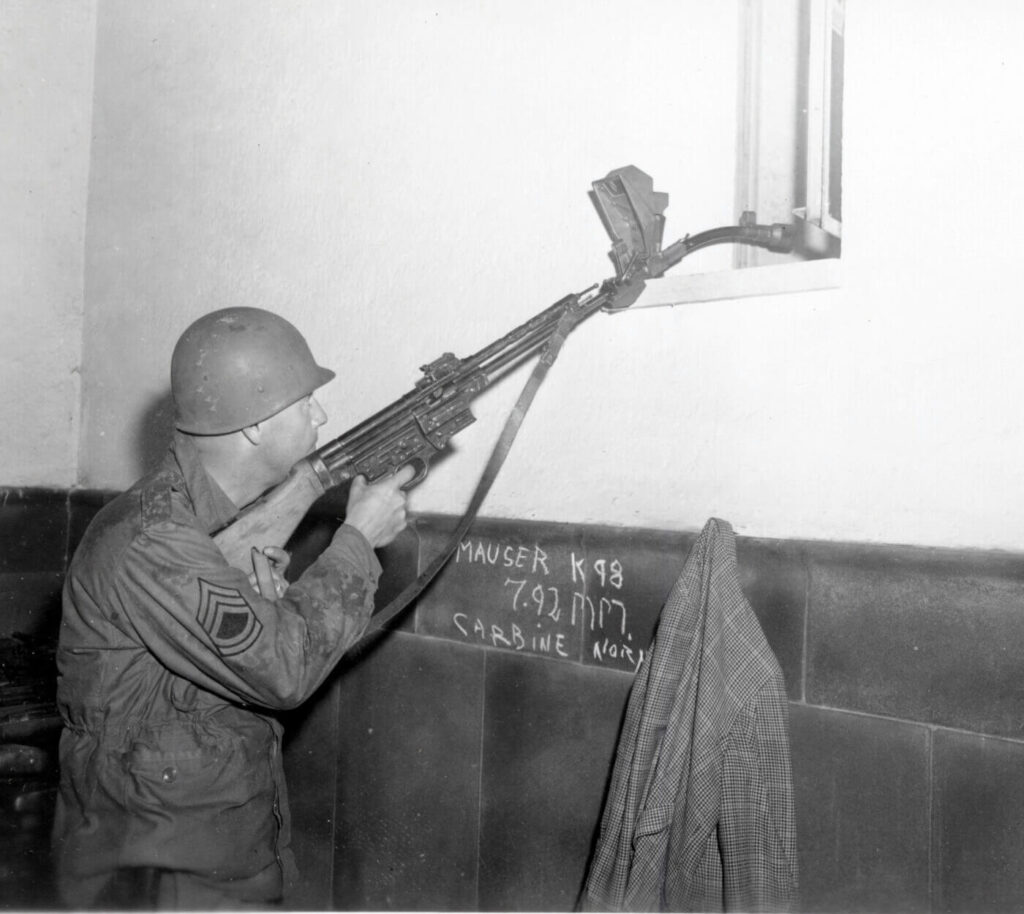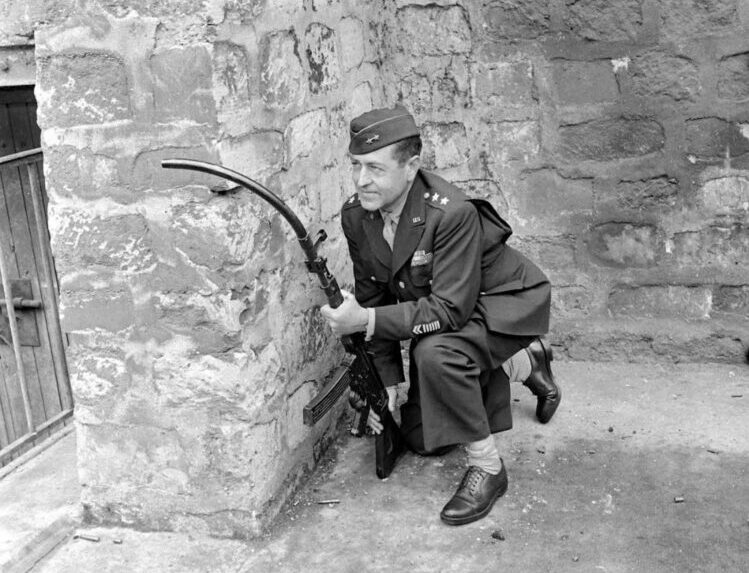The age-old problem with military arms is that cover is a blessed thing, but to shoot your enemy, you have to break cover, right? Exposing yourself to potential enemy fire is terrifying. What if you could shoot around corners? Or, what if you could engage threats with small arms fire from inside your tank? The Germans must have thought that sounded revolutionary and designed the Krummlauf.
The Krummlauf is one of the variants of an already rare gun, the STG 44. The STG 44 series are arguably the first assault rifles widely fielded and produced. The rifle was never a massive success, but it cemented the concept. The German military liked the weapon and adopted it for numerous roles after finding a fair bit of success on the Eastern front. The Krummlauf was just one of those roles.
The Krummlauf and Corners
How do you shoot around corners? Specifically, how do you shoot around corners and out of tanks in 1944? That is what the Nazi engineers were trying to accomplish. Their solution was rather simple for people known for enjoying complications. They just bent the barrel.

Yep, they bent the barrel so you could aim it around corners and, more commonly, out of an armored vehicle. The Krummlauf was produced in I and P variants. I for infantry and P for, I assume, Panzer since it was the tanker variant. The I version had a simple 30-degree bend, and that was it. Tanker variants utilized a 30, 45, 60, and even a 90-degree bent barrel.
For infantry, the job was simple. Push it around the cover and spray. You could hose down an alley, a trench, or a pill box at close range without exposing yourself to the enemy. The 30-degree bend was sufficient to fire around most cover. The infantry variant was the only model ever produced in any great numbers.

The tankers’ guns were designed to be fired from inside the tank. The barrels were bent outside the tank, and the gun could spray 7.92x33mm to clear off attacking infantry and protect the tank.
Infantry Krummlauf rifles even came with a periscope to help aim the gun, while tankers seemed to have had hope and prayer.
Did the Krummlauf Work?
The easy answer is….kind of. It works, as it didn’t blow up when fired, and bullets did, in fact, leave the barrel. However, it didn’t work well. First, the bent barrel significantly impacted barrel life. The infantry version was good for about 300 rounds. The 45-degree model might last about half that. Barrel life on the 90-degree models could be expected to be extremely low.

Bullets had a habit of breaking and fragmenting inside the barrel, giving the gun a shotgun-like effect. To be honest, that might have helped improve its capability, at least at close range. The 30-degree variants produced a 13-inch group at 100 yards. That’s not impressive, but surprisingly, it’s better than I assumed.
The design simply didn’t work the way the Germans assumed it would. Their production numbers were never high, and I can’t find any information on fielding the Krummlauf. I’ve searched for a firsthand account or even some kind of after-action, yet my search remains empty.
Beyond the STG 44
The Americans and Russians observed the Krummlauf platform, which stoked their curiosity. Both sides ended up experimenting with a similar idea. The Americans produced a bent barrel for the M3, which had a very easily removable and replaceable barrel. The Russians attempted to field bent barrels on their PPSh-41.

Neither experiment was successful, and both seemingly went the route of the Krummlauf. Bending barrels simply isn’t going to be a successful means of shooting around corners. Maybe we need some kind of stocked pistol with a camera and a cat? Just maybe….
Read the full article here










